The project “Short and long term effects of forest fires on the stability of carbon pools in boreal forests” is a 5-year project funded by the Academy of Finland as part of an Academy Research Fellowship granted to Dr. Köster (2016-2021)
The research addresses the question on how boreal forests soils respond to rising temperature and increasing fire frequency. These responses largely determine the present and future role of boreal forests on global carbon (C) cycle. Climate will change the fire regimes, which will deeply affect the C turnover of boreal forests. While quite a bit of research has addressed the direct emissions by forest fires we know much less on the interactions of climate change, fire regimes, and the soil processes in the first decades after a fire.
The outcome of the project would be the increased knowledge on:
- how the amount and quality of C and N in SOM and their turnover time change as a result of fires
- how the C and N accumulation in the soil and vegetation develop in a chronosequence of post-burned Scots pine stands
- how the fungal and microbial biomasses in soil respond to fire (duration of changes and their influences on the decomposition processes in post-fire soils)
- how the changes in post-fire fungal and microbial abundance are associated with enzyme activity
- how the root derived priming effect contributes SOM decomposition in forest stands of different ages after fire
- how the fire intensity affects the amount of pyrogenic C and pyrogenic N in soils, and what are their consequences on GHG emissions from the soils to the atmosphere.
The long term effects of fire will be studied based on chronosequences, where forest stands with similar soil type but different fire history will be compared to study biogeochemical changes following the fire.
The short term effects of fires and the effect of different fire severity on SOM turnover will be studied on experimental burning areas (prescribed burning in year 2017), where the fire intensity is regulated by the amount of biomass left to the area before burning experiment. The effect of PyC on microbial biomass, SOM quality and decomposition, and on the age of respired CO2 will be studied in microcosm experiment (priming effect study).
The study will be based on three different main datasets: 1) chronosequence at different fire sites (explore time since fire + climate), 2) experimental burning site, 3) lab experiment (priming effect study).
The study areas are located: 1) in the arctic, in Yukon and Northwest Territories, Canada, where the subarctic forest with and without permafrost will be used; 2) in the subarctic zone of boreal forests, in the surrounding of Värriö subarctic research station (SMEAR I station) in Northern Finland, where areas with no permafrost will be used and in Tura, Central Siberia, Russia, where areas with permafrost will be used; 3) in the middle boreal forest zone, in the surrounding of Hyytiälä Forestry Field Station (SMEAR II station) in Finland, where the experimental burning studies will take; 4) in the hemiboreal forest zone (the southern edge of boreal zone), in Vihterpalu, in North-West of Estonia.
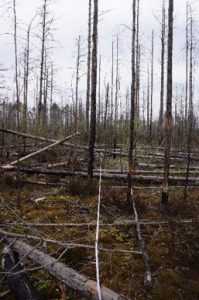


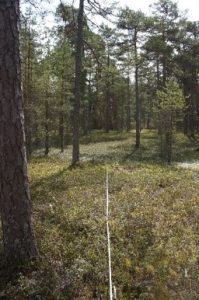
Vihterpalu, in North-West of Estonia

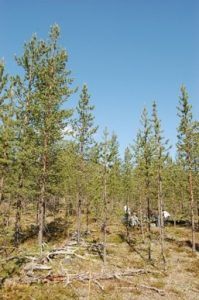
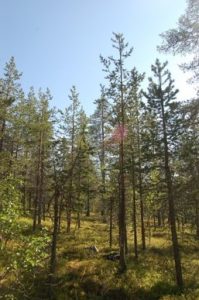

Värriö, Northern Finland
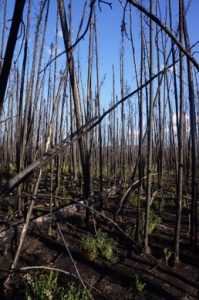
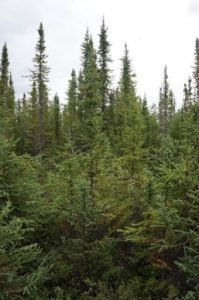

Northern Yukon and NWT, Canada
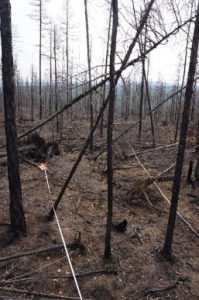

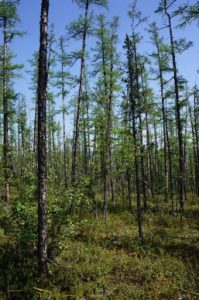
Tura, Central Siberia, Russia
Principal investigator: PhD Kajar Köster (University of Helsinki)